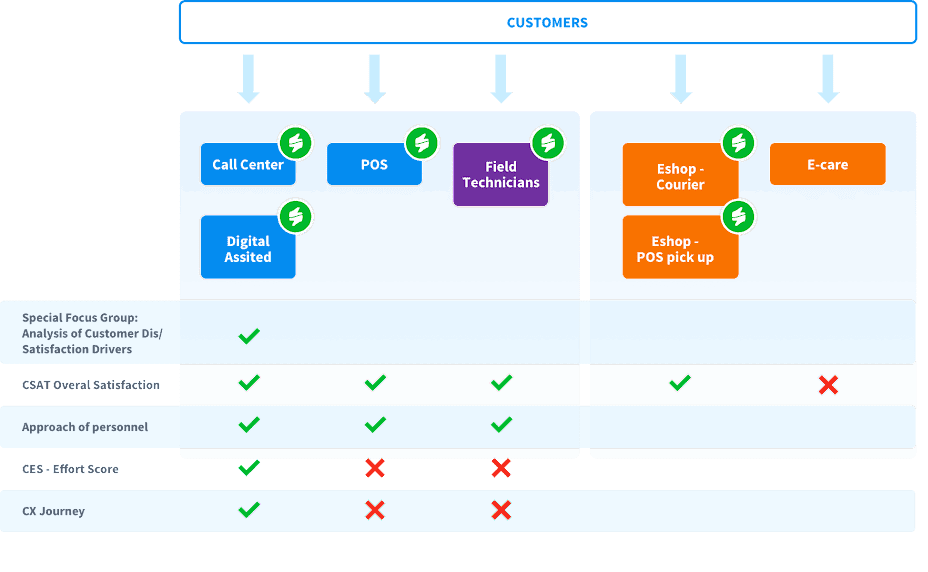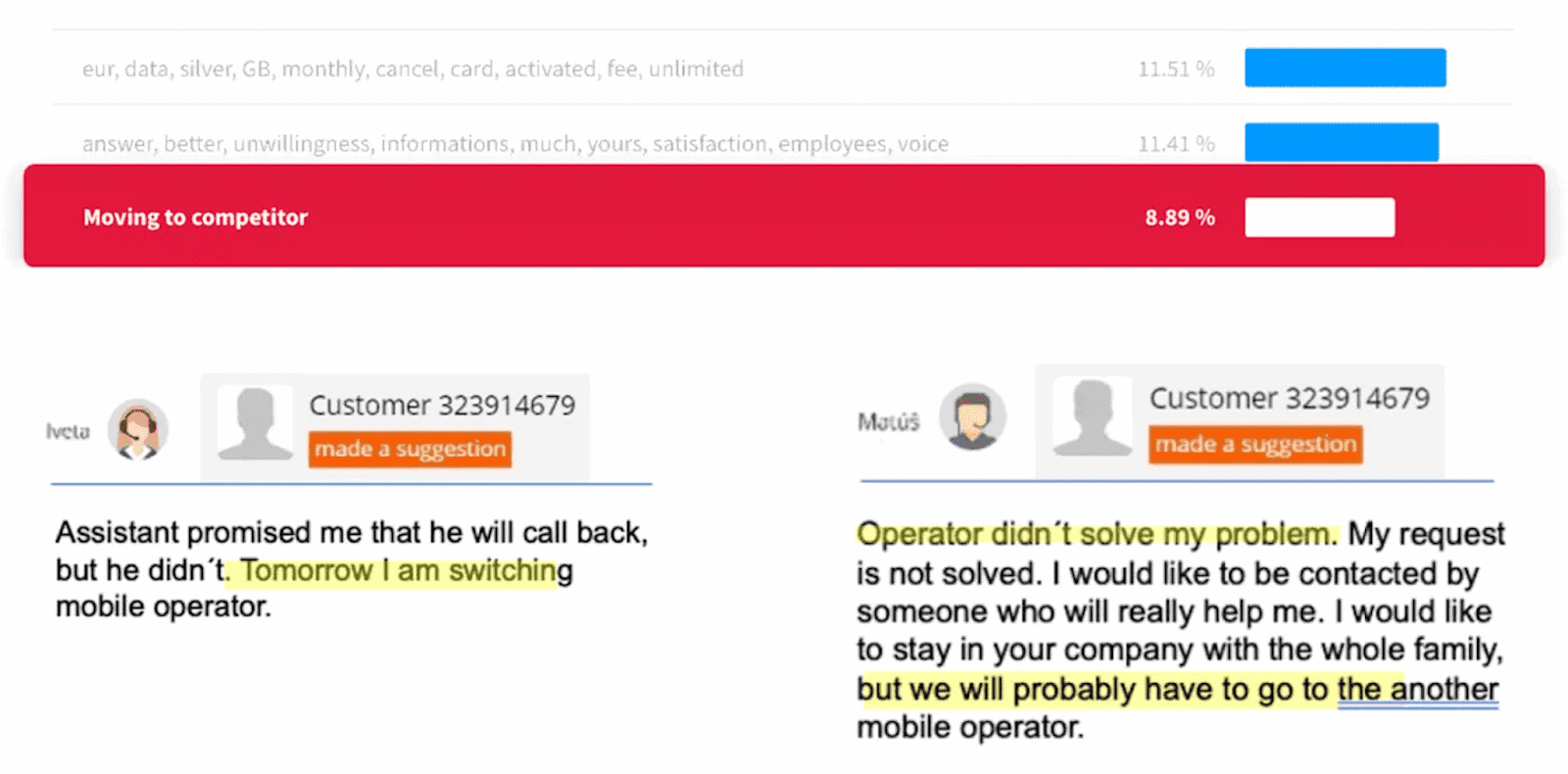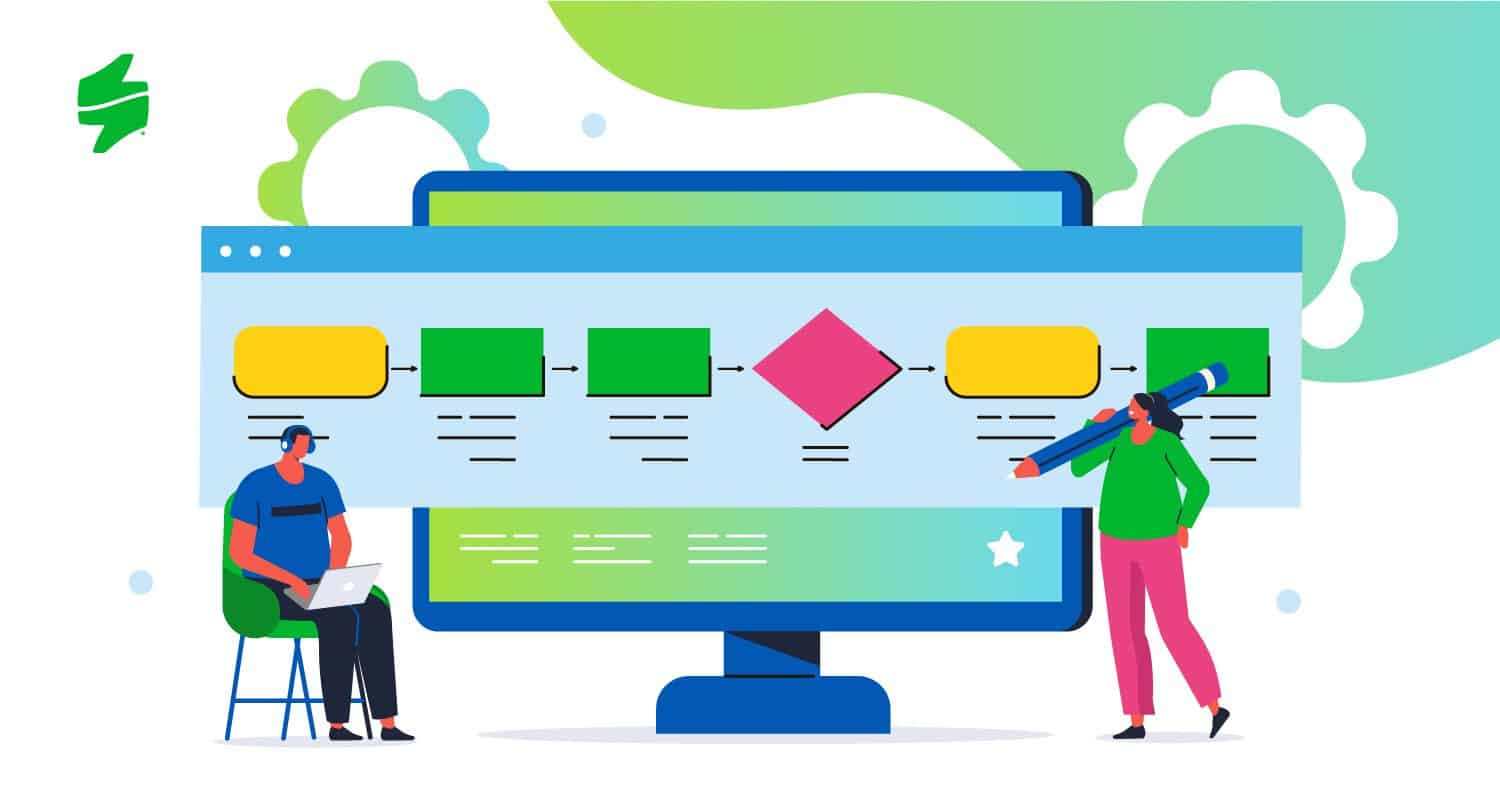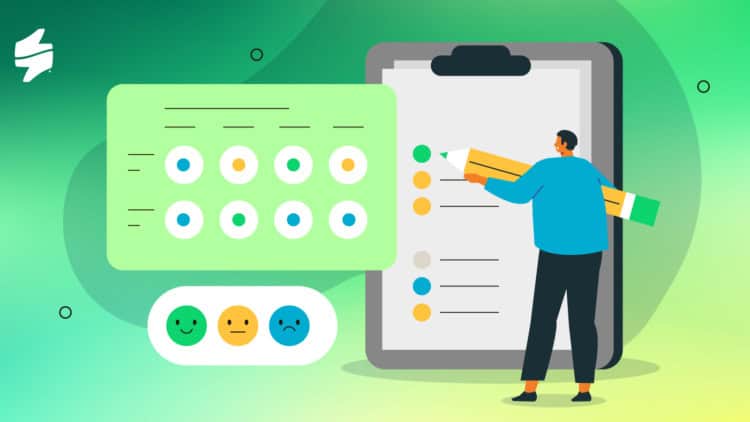Creating a customer journey map can help you understand your customers’ needs, see where you can improve customer experience, and align your business around customer-centricity.
“You’ve got to start with the customer experience and work back toward the technology, not the other way around.”
Steve Jobs
Former co-founder, chairman, and CEO of Apple
The above mantra is the foundation of customer journey mapping – a visual representation of every experience your customers have with you. It’s a holistic view of their experience, from initial contact to long-term relationships. In this article, we’ve put together a step-by-step guide on how to create a customer journey map, and how our customer experience platform can streamline the process.
How to Create a Customer Journey Map in 5 Steps
Crafting a customer journey map that truly serves its purpose may not be a quick or easy task. However, with the following steps, you can significantly refine customer journey mapping, ensuring you achieve tangible results in just a few weeks.
Step 1: Define Your Personas
Personas are fictional characters that represent your customers. They are based on real data about customer demographics and behaviour, along with educated speculation about their personal histories, motivations, and concerns.

If you’re new to this, there’s no need to worry. Experts in customer experience consulting are available to offer a professional second opinion. They can assist you in collecting data about your customers, which you can then utilise to craft comprehensive personas.
Step 2: Identify Touchpoints
Touchpoints are the points of interaction between your business and your customers, such as website browsing, checkout in the physical store or post-purchase call centre inquiry. Identifying these touchpoints in every channel is crucial for understanding your customers’ experiences. Staffino can help you identify and visualise these touchpoints, making it easier to see where you can improve your customers’ experiences.

Step 3: Map the Customer Journey
Once you’ve identified your personas and touchpoints, it’s time to map the customer journey. This involves outlining the steps your customers take from their first interaction with your business to the final purchase or interaction. We suggest tracking essential customer experience metrics, such as CSAT, NPS, or CES, in combination with direct customer feedback or verbatim. This data can subsequently be utilised for comprehensive driver analysis.

Staffino can help you create a detailed map of your customer’s journeys and uncover their satisfaction levels at each stage, allowing you to see where you can improve and streamline their experiences. The graph above reveals a significant disparity in one of our client’s customer satisfaction at various stages. This valuable insight has enabled the leading utility provider to gain a deeper understanding of their customer service and implement necessary improvements.
Step 4: Analyse and Improve
After mapping the customer journey, the next step is to analyse it and identify areas for improvement. This could involve improving your website’s user experience, streamlining your checkout process, or improving your customer service. Our customer experience platform can help you analyse the customer journey, providing you with actionable insights to improve your customers’ experiences.

Implementing strategic feedback campaigns throughout the entire customer journey is crucial for identifying and, most importantly, retaining customers before they leave for your competitors. By gathering data from every touchpoint, our cutting-edge AI-powered feedback management tool can swiftly pinpoint potential churn risks.

This tool zeroes in on problematic areas and topics, even identifying specific trigger words like “leave” or “switch”. It simplifies the work of your customer support team by not only recognising factors that drive satisfaction and dissatisfaction but also offering personalised responses to your customers. We assure you with our AI technology, customer dissatisfaction will be short-lived.

Step 5: Implement Changes and Monitor Progress
Finally, after identifying areas for improvement, it’s time to implement changes and monitor progress. To make informed changes and data-driven business decisions, it’s highly beneficial to establish a real-time customer experience dashboard. This will help you monitor in detail customer satisfaction and other metrics over time, providing invaluable insights for your business’s growth and improvement.
With Staffino’s powerful CX dashboard, which can be customised according to your company’s needs, we can help you manage and track all your initiatives. This ensures that you’re making progress and improving customer experience.
Final Word
In conclusion, creating a customer journey map is a crucial step towards understanding and improving your customers’ experiences. With Staffino customer and employee experience platform, you can streamline the mapping process and gain valuable insights into your customers’ journeys. Remember, in the world of customer experience, the journey is just as important as the destination.

Retain Customers and Increase Profits!
Make sure your customer relationships don't slip away with Staffino's Retention Case Monitoring. This easy-to-use tool gives you the power to maximise customer retention and boost loyalty.





